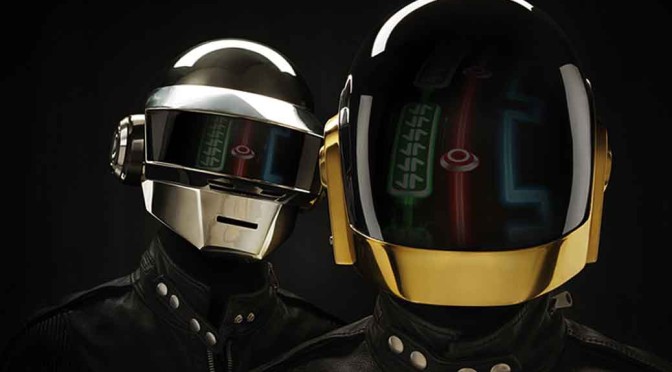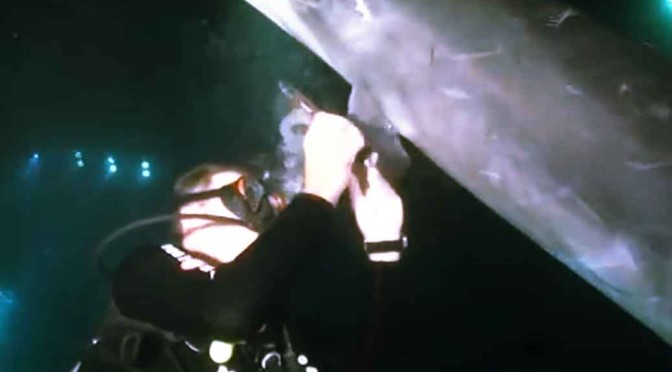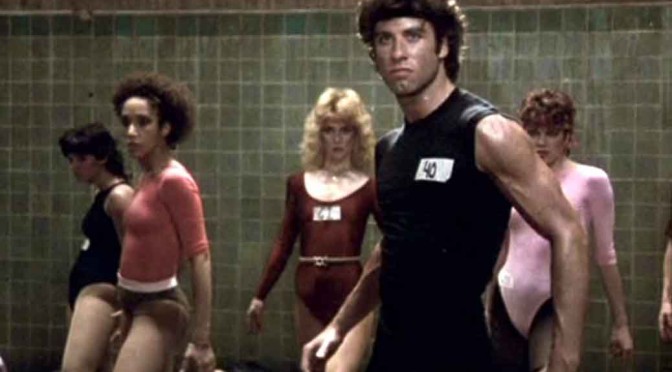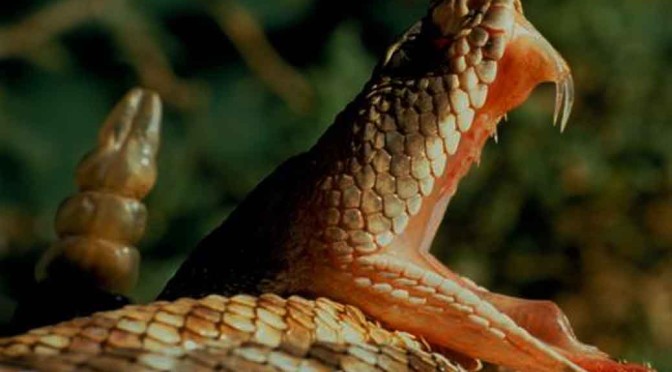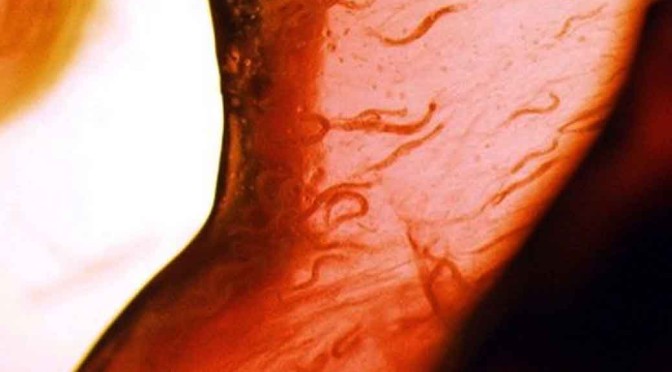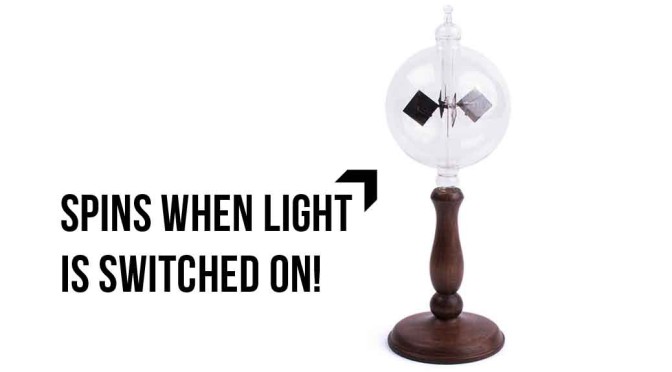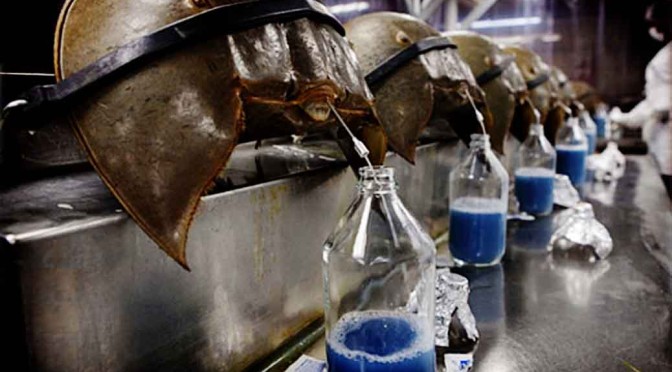By Anupum Pant
Background
Since the day Daft Punk’s album RAM (Random Access Memories) came out last year, I’ve been listening to it at least one time every day. I don’t have a time-table sort of thing that makes me listen to it. But, since the tracks are played on shuffle, nearly all of the tracks from RAM are played at least once by my Media Player.
Every one of those tracks is wonderful. The best part, I think is their retro-styled fluid basslines (that phrase is what comes to my mind). We hardly come across such basslines in Dance music these days. But I’m not a music critique and let me stop messing around with random words to describe its bassline. I’m here to talk particularly about a track from that album that is about space – Track 13 Contact. I’m here to talk science.
The Track
The song starts with a broadcast. Pretty soon, with the eerie bassline (again) playing in the background, you are convinced that the radio broadcast is related to space – the broadcast sounds as if taken from a real archived tape. The combined effect of both the broadcast and the music playing creates a very mysterious setting. This is what the person talks in the track –
Hey Bob I’m looking at what Jack was talking about and it’s definitely not a particle that’s nearby. It is a bright object and it’s obviously rotating because it’s flashing, it’s way out in the distance, certainly rotating in a very rhythmic fashion because the flashes come around almost on time. As we look back at the earth it’s up at about 11 o’clock, about maybe ten or twelve diame…Earth diameters. I don’t know whether that does you any good, but there’s something out there.
The guy talking in it describes a “bright flashing object” which he sees in space and ends with a sentence that makes Goosebumps appear on your skin. A heavier bassline ensues. And the following thoughts start rushing into your mind.
Was that an alien ship the man saw in space? Is this some sort of a classified broadcast that got leaked and Daft Punk found it? With all sorts of government and UFO stories floating out there, it seems pretty plausible.
That is what I thought. So I decided to find out.
What is it really?
The astronaut that speaks in the broadcast is the commander of Apollo 17, Gene Cernan. Disappointingly, it is not an alien ship being described here. Moreover, it isn’t even a leaked tape or something like that. NASA gave this recording to Daft Punk for using it in a track.
The object Gene Cernan describes on the radio was a discarded upper stage of the Saturn V rocket. As a rocket lifts up, discarded parts are normal things. This one, as things in space would, was spinning rhythmically and was reflecting sunlight at regular intervals. That explains, “Because the flashes come around almost on time”.
Yes, that’s all. Indeed, the track makes it sound very interesting. Probably that ability, to make seemingly mundane things sound appealing, is what makes Daft Punk so popular.
[Source]
I see people coming here, reading and leaving. If there is someone reading this, I’d want to hear from you something (see below). Please, give me a comment below. If you’d like to be anonymous, be that. But just one comment. Yes, it matters a lot to me. Answer this:
What kind of other articles would you like to read on AweSci?
How would it be, if I also started sharing with you, the things I learned from a particular book?
